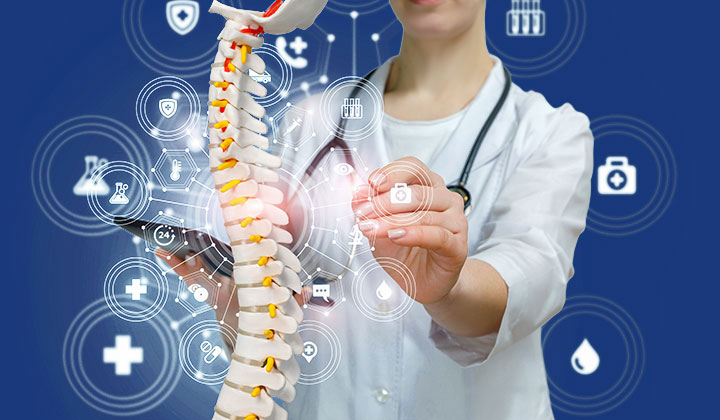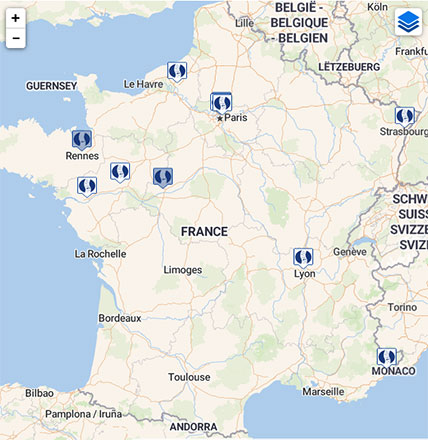@article{pmid40629359,
title = {Revised orphanet nomenclature and classification for spina bifida and other spinal dysraphisms (SBoD)},
author = {Ferdinand Dhombres and Timothée de Saint-Denis and Dominic Thompson and Julie Tahraoui-Bories and Caterina Lucano and Ana Rath and Giovanni Mosiello and Jean-Marie Jouannic and and and and },
doi = {10.1186/s13023-025-03856-4},
issn = {1750-1172},
year = {2025},
date = {2025-07-01},
journal = {Orphanet J Rare Dis},
volume = {20},
number = {1},
pages = {348},
abstract = {BACKGROUND: The Spina Bifida and other Dysraphisms working group (SBoD WG) is an interdisciplinary group, comprising experts on spinal dysraphism from 11 European countries. In 2022, the SBoD WG was tasked by 2 European Rare Disease Networks (ERN ITHACA and ERN eUROGEN) to revise the Orphanet classification of spinal dysraphism. Over the past two decades numerous subcategories of spinal dysraphism have been described in the medical literature resulting in a proliferation of terms, numerous synonyms and variously applied definitions. In the light of this, a revision of all terms and definitions was conducted by a Delphi approach in 3 steps by neurosurgeons (fetal/paediatric/adult), urologists (paediatric/adult), rehabilitation medicine specialists, fetal medicine and perinatal imaging specialists, geneticists, pathologists, nephrologists and patient representatives, all members of the International Federation for Spina Bifida and Hydrocephalus (IFSBH).nnRESULTS: In the first instance, 39 experts reviewed and refined the terminology that could be used to describe the anatomical characteristics of all forms of SBoD. At the second stage, 24 experts established terms and unambiguous definitions for 16 skin findings, 7 bone findings and 33 spinal cord findings that were considered essential features capable of describing all forms of spinal dysraphism. In the third stage, 29 experts validated 24 spinal dysraphic anomalies using these pre-agreed findings. All terms and definitions were validated by vote with a threshold of 80% approval (abstention was permitted). No terms with disagreement were retained in the subsequent classification. The revised SBoD classification was transferred to the Orphanet nomenclature (ORPHA:823). 16 existing ORPHAcodes were deemed obsolete, 10 ORPHAcodes were updated (terms and/or textual definitions) and 25 new ORPHAcodes were created. The SBoD working group also developed a 'decision tree' for new users, to assist them in the practical aspects of applying the revised classification and designating appropriate ORPHAcodes.nnCONCLUSIONS: An update of the Orphanet Classification of spinal dysraphism was conducted by a European interdisciplinary group of experts encompassing all aspects of healthcare for patients with these disorders. This new classification, based on essential skin, bone and spinal cord findings offers a more logical and reproducible means to categorise SBoD. It is hoped that this will permit more precise disease delineation, consistent diagnostic accuracy and better prognostication.},
keywords = {},
pubstate = {published},
tppubtype = {article}
}






